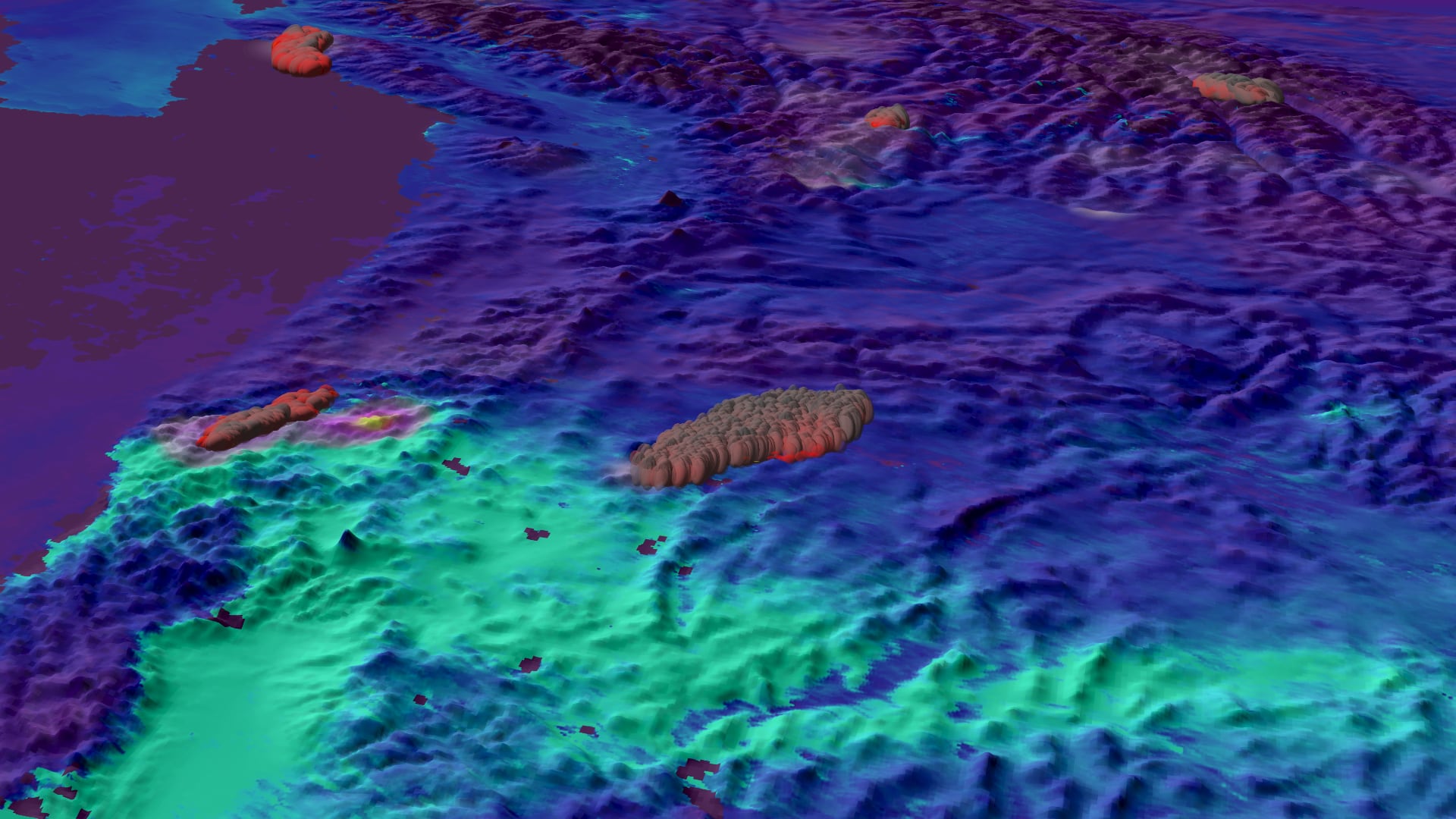
Utilizing NASA Earth Observations to Analyze Air Quality Impacts from Wildfires in the Pacific Northwest
The Pacific Northwest region of the United States and Canada has become more vulnerable to intense wildfire regimes due to years of fire suppression and climatic changes. Smoke from fires exposes communities to hazardous aerosols and pollutants known to trigger asthma symptoms and exacerbate other respiratory and cardiovascular diseases. In partnership with The Nature Conservancy’s Washington Chapter and the Puget Sound Clean Air Agency, NASA DEVELOP investigated the impacts of wildfire smoke on air quality from 2008 to 2020 using NASA Earth observations. To explore the various dimensions of smoke and its relation to air quality, the team looked at the vertical extent of smoke plumes and the resulting changes in air quality. The team evaluated the potential relationship between plume height of wildfire smoke and fire radiative power (FRP) using data from the Moderate Resolution Imaging Spectroradiometer (MODIS) aboard the Aqua and Terra satellites and data products retrieved from Terra’s Multi-angle Imaging SpectroRadiometer (MISR) using the MISR INteractive eXplorer (MINX). The team determined that there was no regional relationship between FRP and smoke plume height. To investigate changes in air quality resulting from wildfire smoke, the team utilized data from NASA’s Fire Information for Resource Management System, from the European Space Agency’s Sentinel-5P Tropospheric Monitoring Instrument (TROPOMI), and true color imagery from Landsat 8 Operational Land Imager (OLI). The team created a Google Earth Engine-based (GEE) web tool to visualize changes in atmospheric pollutants and aerosol optical depth. Results of case study fires showed varying increases in pollutant concentrations when compared to a baseline map. The end products provided the partners with tools to quantify plume height using MINX and to visualize recent air quality patterns relating to variations in wildfire extent and severity in the Pacific Northwest.
- Location
- California - Ames
- Term
- Summer 2020
- Partner(s)
- The Nature Conservancy, Washington Chapter
Puget Sound Clean Air Agency - NASA Earth Observations
- Aqua MODIS
Terra MODIS
Terra MISR
Sentinel-5 TROPOMI
Landsat 8 OLI - Team
- Ani Matevosian (Project Lead)
Taylor Orcutt
Danielle Ruffe
Liana Solis - Advisor(s)
- Dr. Juan Torres-Pérez (Bay Area Environmental Research Institute, NASA Ames Research Center)
Dr. Kenton Ross (NASA Langley Research Center)
Abigail Nastan (NASA Jet Propulsion Lab)